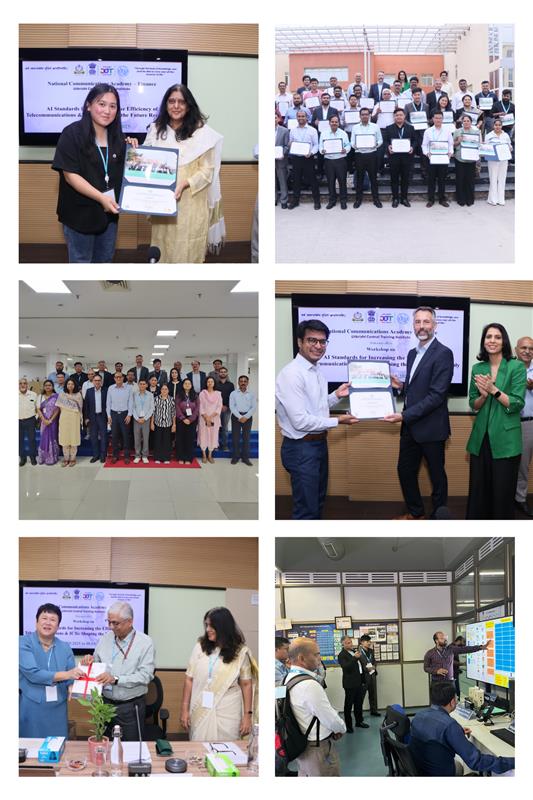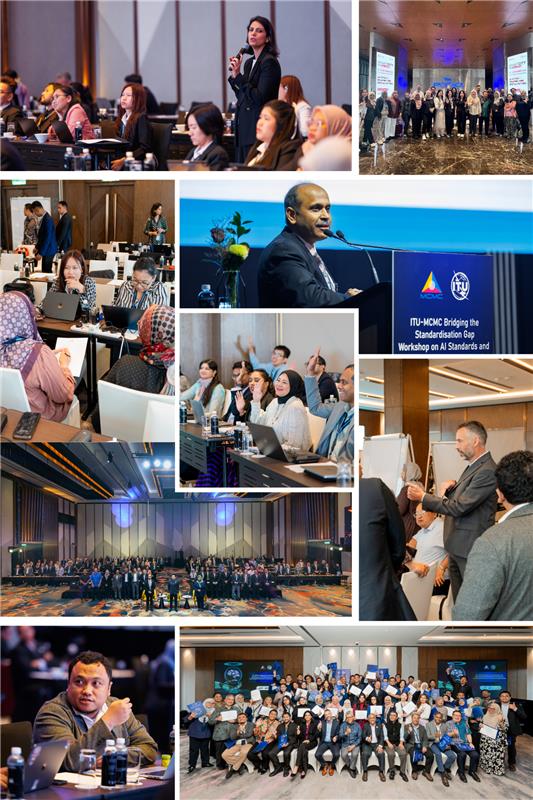Introduction

| 
|
The use of artificial intelligence has grown dramatically in recent years, and countries around the world are increasingly looking at AI to bolster their economies and assist in their digital transformation efforts. Estimates point to AI adding up to USD 15.7 trillion to the global economy by 2030 – a 14% increase in Gross Domestic Product (GDP) compared to current values.[1] In Southeast Asia, AI is forecast to add up to USD 1 trillion in GDP growth by 2030.[2]
The benefits of AI are well documented and include increased efficiency, automated processes, improved services and products, and innovation across sectors such as health care, education, transportation, agriculture, and public and social services. However, many countries in Asia-Pacific may need additional support and capacity building to take advantage of the opportunities presented by AI, in particular Least Developed Countries (LDCs), Landlocked Developed Countries (LLDCs), and Small Island Developing States (SIDS) in the region.
This is also reflected by the Oxford Insight's Readiness Index 2023 – which measures government readiness to implement and govern AI technologies.[3] The Index shows that the highest ranked country among LDCs in Asia-Pacific is Bangladesh (rank 82 out of 193 countries), Mongolia is the highest ranked LLDC at 109, and Nauru sits atop the SIDS group at 79. The mean ranking for LDCs, LLDCs, and SIDS in the region is 135 out of 193.
Through this project, ITU will draw upon expertise from both the Telecommunication Standardization Bureau (TSB) and the Telecommunication Development Bureau (BDT) to support countries in Asia-Pacific with capacity building and information sharing both on AI technology and the development and implementation of related ICT standards through the Bridging the Standardization Gap (BSG) programme.
ITU and AI
ITU has carried out a considerable amount of work on AI, both at the global and regional levels, that will be harnessed for this project. At the global level, ITU has, inter alia, developed a range of international technical standards related to AI and machine learning,[1] developed guidance on specific applications of AI through its focus groups (Machine Learning and 5G,[2] AI for Health,[3] AI for Natural Disaster Management,[4] AI and Internet of Things for Digital Agriculture,[5] AI for Autonomous and Assisted Driving,[6] and Environmental Efficiency for AI and Other Emerging Technologies[7]), work that is continuing in the current focus groups (Artificial Intelligence Native for Telecommunication Networks (FG-AINN) and cost models for affordable data services (FG- CD) , and co-chaired the UN Inter-Agency Working Group on Artificial Intelligence. ITU is also the convener of “AI for Good", which identifies practical applications of AI to advance the UN Sustainable Development Goals and scales those solutions for global impact.[8] An AI standards database is under development and will eventually include details of all ITU Recommendations and publications, as well as publications from other standards bodies working in this field.
At the regional level, ITU Regional Office for Asia and the Pacific has been running a project since June 2021 titled “Enhancing the Development of Standards and Frameworks for Critical Technologies in Southeast Asia", financed by the Australian Government Department of Foreign Affairs and Trade (DFAT).
Bridging the Standardization Gap
The mandate for bridging the standardization gap is given in PP Resolution 123 and WTSA Resolution 44, and the corresponding action plan addresses four areas: 1) strengthening standards-making capabilities; 2) assisting developing countries on the application of standards; 3) human resources capacity building; and 4) fundraising for these activities. Implementation of the programme is carried out by dedicated BSG trainings (in-person at study group and regional group meetings, stand-alone, and online) to build capabilities for newcomers, experts and people in leadership positions on standardization activities and strategizing (e.g. WTSA preparations); fellowships to attend statutory meetings; multilingual support; tools, data and analytics; and awareness raising for strategic events and thematic initiatives.
The programme set out in this project description would be an integrated part of the BSG action plan, targeting specific Member States in the Asia-Pacific region and placing a focus on ITU's activities, initiatives and standards related to AI.